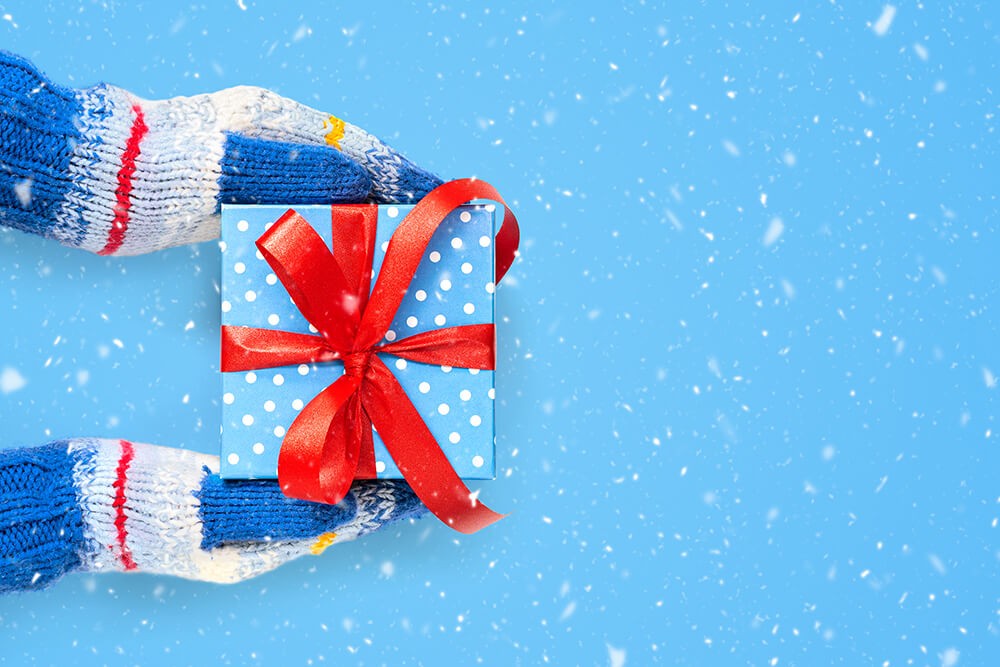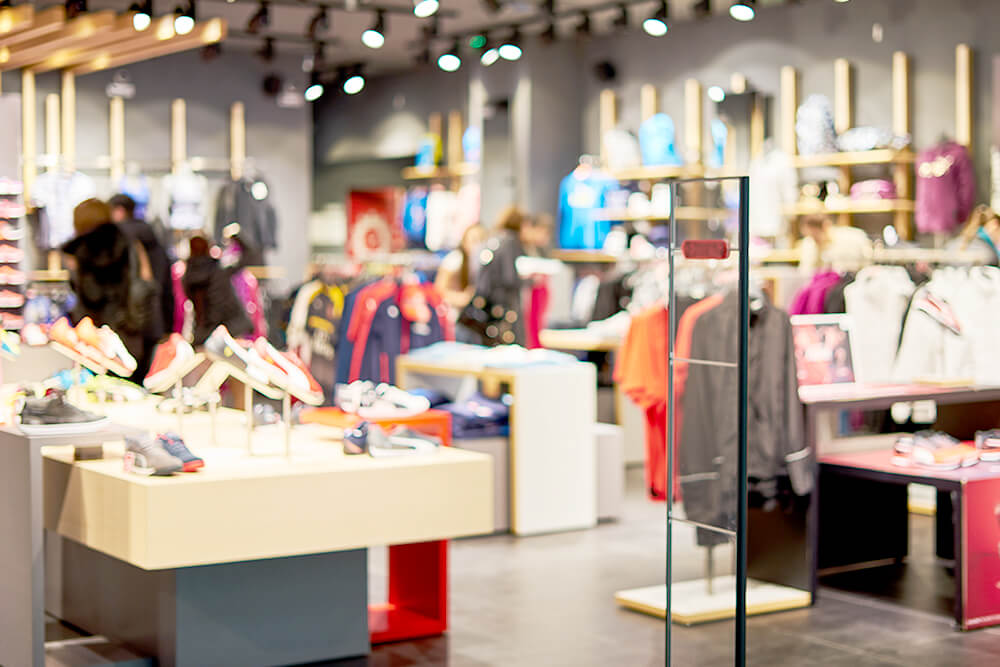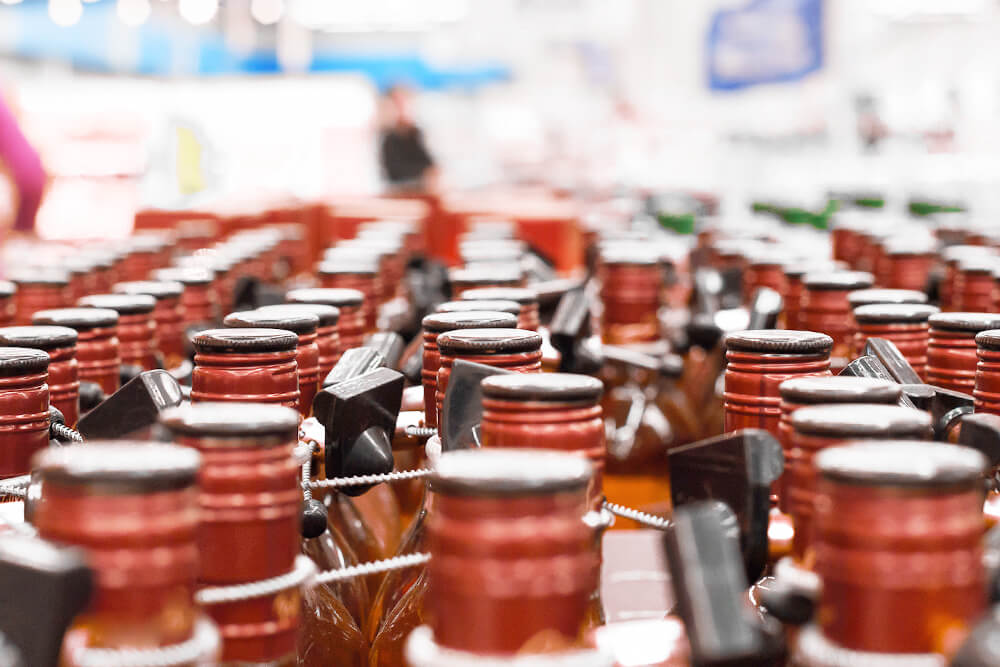
‘tis the season to be jolly – combatting liquor theft
Over the coming weeks, US liquor sales will spike to their highest level of the year, with alcoholic beverages tipped to be an essential purchase on many people’s holiday shopping list.
But with that spike in sales comes an inevitable uptick in theft, making now the time that retailers should be looking to secure their liquor against shoplifting.
Here’s a guide to combatting liquor theft during a season when alcohol sales are set to be merry indeed.
Holiday season alcohol demand
Each year statistics indicate a marked rise in alcohol sales throughout December, with figures indicating they are at least a third higher than the lowest point of the year. And the market is only increasing.
In December 2017 for example, Statista noted liquor sales peaked at $6.284 billion, compared to their lowest point in January when sales were just $3.74 billion.
It was a similar story in 2018 and 2019.
- In 2018, beer, wine and spirit sales topped $6.442 billion, compared to $3.991 billion in January
- In 2019, beer, wine and spirit sales topped $6.63 billion, compared to $4.134 billion in January
This year, December sales could even be higher, with Covid-19 seeing a rise in liquor demand and sales reaching $6.421 billion by July.
Demand sees spike in liquor theft
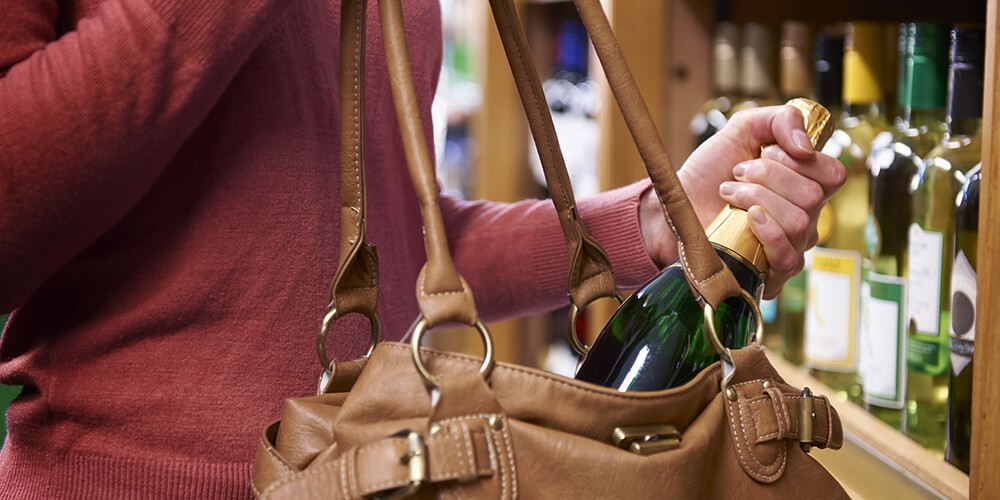
As legitimate sales of liquor increase so too does liquor theft, with December renowned as a peak season for shoplifting.
In fact, liquor ranks among the top 10 stolen items across the US over the holiday season as foot traffic increases and sales associates cope with increased demand.
So how can retailers protect their liquor over the busy period ahead?
Liquor theft prevention
Shoplifters target liquor for a variety of reasons. In some cases, it’s simple opportune pilfering. This category of opportune thieves often includes teens who steal alcohol almost as a rite of passage and people who may already be under the influence and harness their decreased inhibitions to have a further drink ‘on the house’.
These types of thieves usually go after lower value items that are easy to access.
Other thieves are more strategic in their product selection, targeting high-value liquor that can be resold at a greater price. This sees liquor amongst the prime targets for organized retail crime (ORC).
But regardless of the reason or strategy behind it, alcohol theft costs retailers a significant sum, contributing to $61.7 billion in retail shrink across all retail verticals in 2019 alone.
Liquor security tags
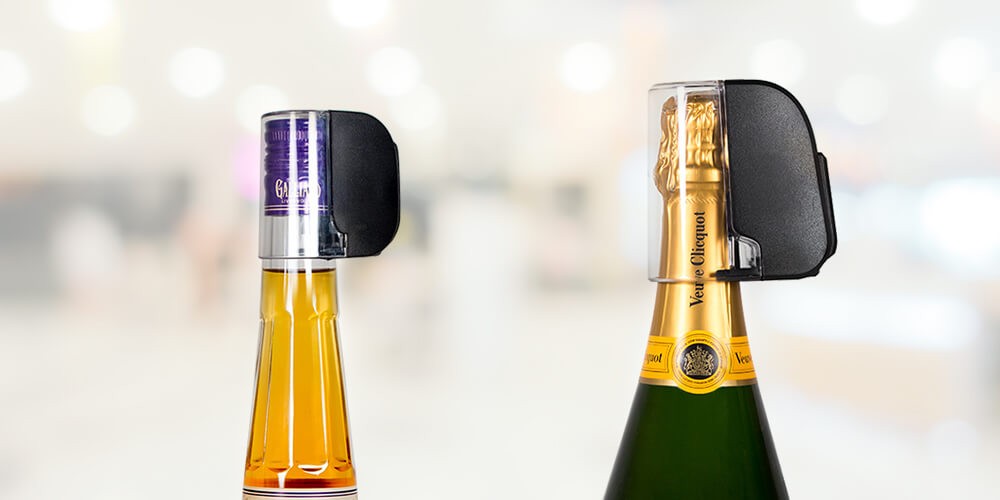
Designed specifically to protect wines and spirits, liquor security tags are amongst the latest innovations in Electronic Article Surveillance.
The caps are designed to fit over the bottle top, can only be removed at the Point of Sale, and ensure an alarm sounds if a thief tries to steal wine or spirits.
They also prevent alcohol from being consumed in the store, are available to suit both RF and AM EAS systems, and offer a universal fit to suit varying bottle neck shapes and sizes.
As an added benefit, the caps are available in bulk, are reusable and easy for store assistants to remove and attach. They also offer an affordable way to protect products while still allowing the consumer to access, touch, feel and examine them.
Locked cabinets
When it comes to top-shelf liquor many retailers opt to secure their products behind glass.
Glass cabinets allow the consumer to see the product but not touch it. It enables the staff to keep the items under their control but can cost time when it comes to access. Meanwhile, the locks need to be impervious to picking.
That’s where innovations like smart locks and smart keys come in. They allow retail staff to quickly access all relevant cabinets using a single programmed key.
These keys can also track which staff member has accessed what cabinet, allowing retailers to also mitigate employee theft.
Security labels
For high-volume, low-value liquor, beer and wine, security labels are a popular alternative. Labels come in a range of sizes, are available for both RF and AM EAS systems and can even have the barcode printed on them to save time at the Point of Sale.
CCTV
CCTV and video surveillance are excellent loss prevention strategies for monitoring an entire store and can be a tool that deters thieves from committing an act of theft
However, CCTV often detects a crime and identifies a criminal after the incidence has occurred, leaving the matter in the hands of police rather than avoiding a theft.
You can learn more about liquor bottle security tags here or browse our range of security labels here.

